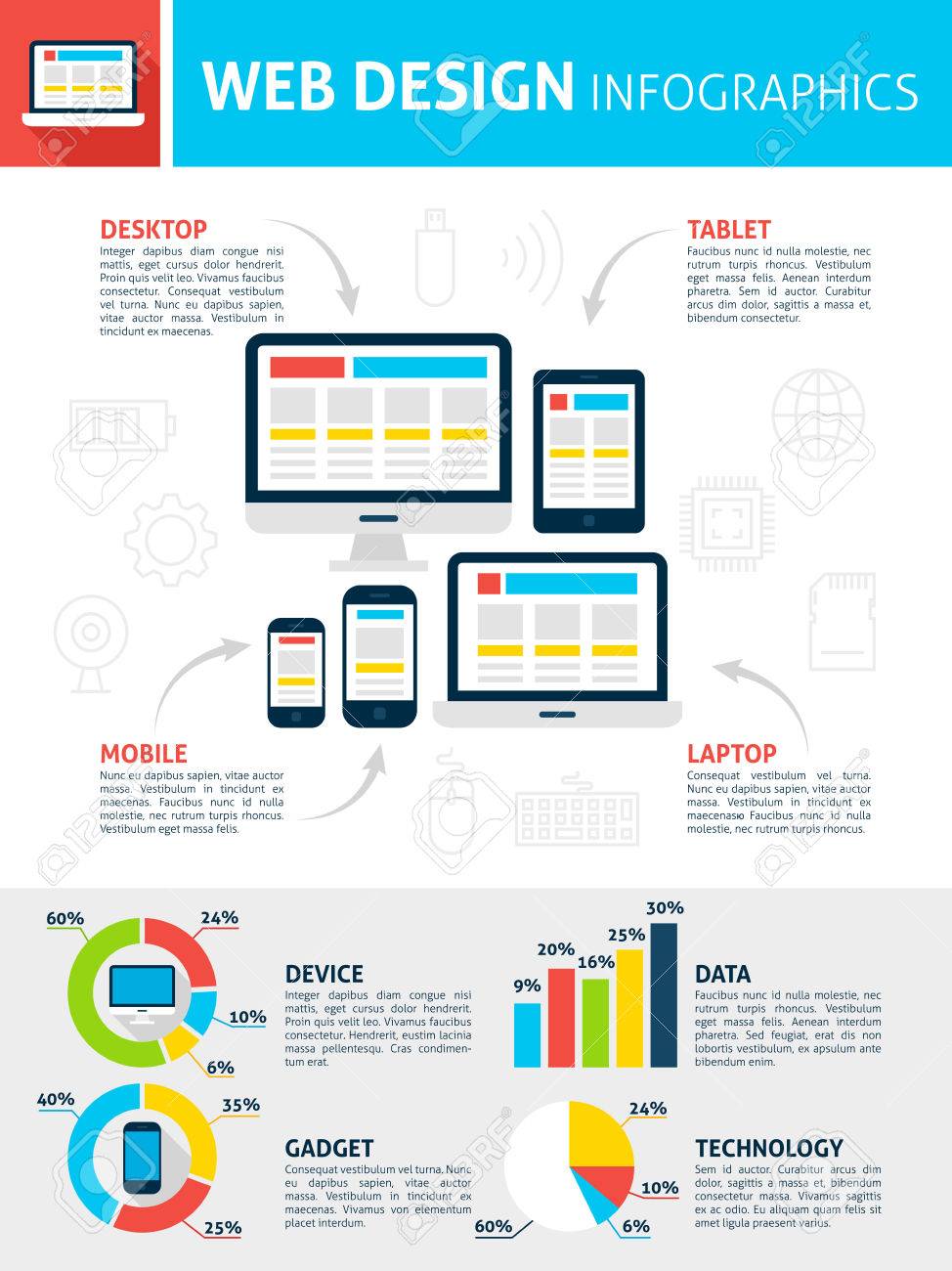The Development Of Web Site Style: From Past To Present
The Development Of Web Site Style: From Past To Present
Blog Article
Content Writer-Hartley Hejlesen
In the past, websites were easy and focused on details. Navigation was straight, and style was for desktops. Currently, customer experience is essential. Information guides designs for very easy navigation. Receptive formats match various tools. Today, dark setting lowers strain, and minimalist menus improve navigation. Interactive attributes engage individuals, and bold visuals stand out. seo agencies increases engagement. See exactly how professional search engine optimization company has advanced to boost your on the internet journey.
Early Days of Website Design
In the early days of website design, simplicity preponderated. Internet sites were basic, with restricted shades, font styles, and layouts. The focus was on providing info instead of fancy visuals. Individuals accessed the web with slow-moving dial-up connections, so speed and capability were crucial.
Navigation food selections were straightforward, generally located at the top or side of the page. seo services strategy were designed for desktop computers, as mobile surfing had not been yet widespread. Web content was king, and developers prioritized simple readability over complex layout aspects.
HTML was the key coding language utilized, and designers needed to work within its restrictions. Computer animations and interactive functions were very little compared to today's standards. Sites were static, with little dynamic content or individualized customer experiences.
Increase of User-Focused Style
With the development of web site style, a change towards user-focused layout concepts has ended up being increasingly prominent. Today, developing sites that prioritize user experience is critical for engaging visitors and attaining company goals. User-focused layout entails understanding the requirements, choices, and habits of your target audience to customize the internet site's format, material, and includes accordingly.
Designers currently carry out complete research, such as customer studies and functionality screening, to collect insights and feedback straight from individuals. This data-driven strategy assists in developing instinctive navigation, clear calls-to-action, and aesthetically enticing user interfaces that resonate with site visitors. By positioning the customer at the center of the design procedure, web sites can deliver a much more personalized and pleasurable experience.
Receptive style has actually also become a vital aspect of user-focused design, guaranteeing that websites are maximized for numerous devices and display sizes. This adaptability boosts availability and use, catering to the varied ways individuals connect with websites today. Essentially, the rise of user-focused style symbolizes a change towards developing digital experiences that prioritize the needs and expectations of the end user.
Modern Trends in Website Design
Explore the latest patterns forming website design today. One prominent fad is dark setting design, offering a sleek and modern-day appearance while minimizing eye pressure in low-light atmospheres. One more crucial trend is minimal navigation, simplifying menus and improving customer experience by concentrating on essential elements. Including micro-interactions, such as animated buttons or scrolling results, can develop an extra interesting and interactive website. Receptive layout remains crucial, ensuring seamless individual experiences across different devices. In addition, making use of bold typography and unbalanced layouts can add visual rate of interest and draw attention to specific content.
Integrating AI technology, like chatbots for consumer support or individualized suggestions, boosts individual involvement and improves processes. Availability has additionally come to be a considerable fad, with developers prioritizing comprehensive design practices to cater to varied customer needs. Accepting sustainability by enhancing website efficiency for rate and performance is another emerging fad in web design. Working together with customer feedback and data analytics to repeat and enhance design continuously is essential for staying appropriate in the ever-evolving electronic landscape. By accepting these modern fads, you can produce a visually attractive, straightforward web site that resonates with your audience.
Final thought
As you assess the evolution of internet site design from the very early days to currently, you can see just how user-focused layout has actually become the driving pressure behind modern-day patterns.
Embrace the trip of modification and adjustment in website design, constantly keeping the customer experience at the forefront.
Remain existing with the latest trends and modern technologies, and never ever quit developing your method to develop visually sensational and easy to use internet sites.
Advance, adapt, and develop - the future of web design is in your hands.
